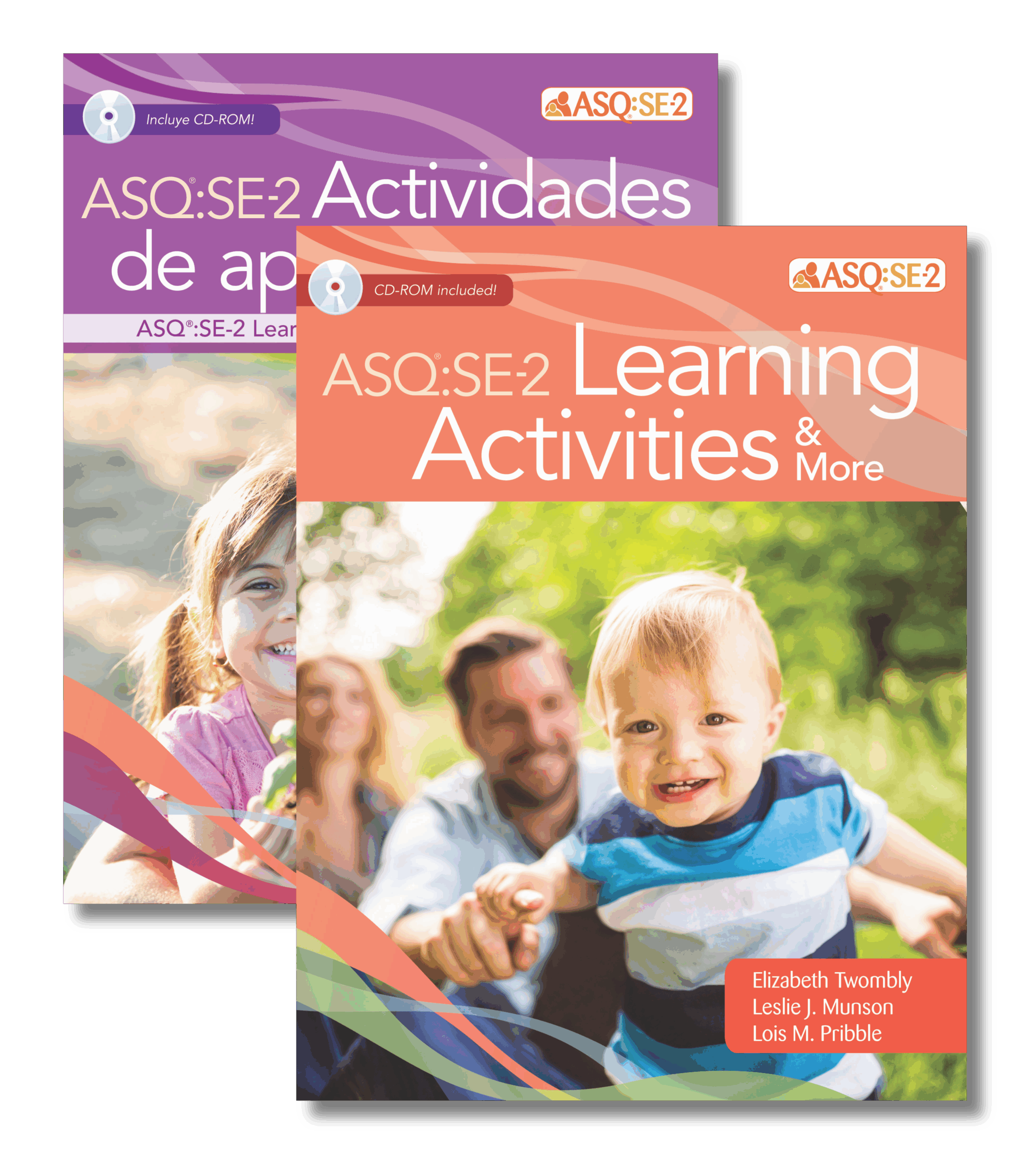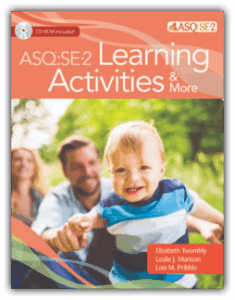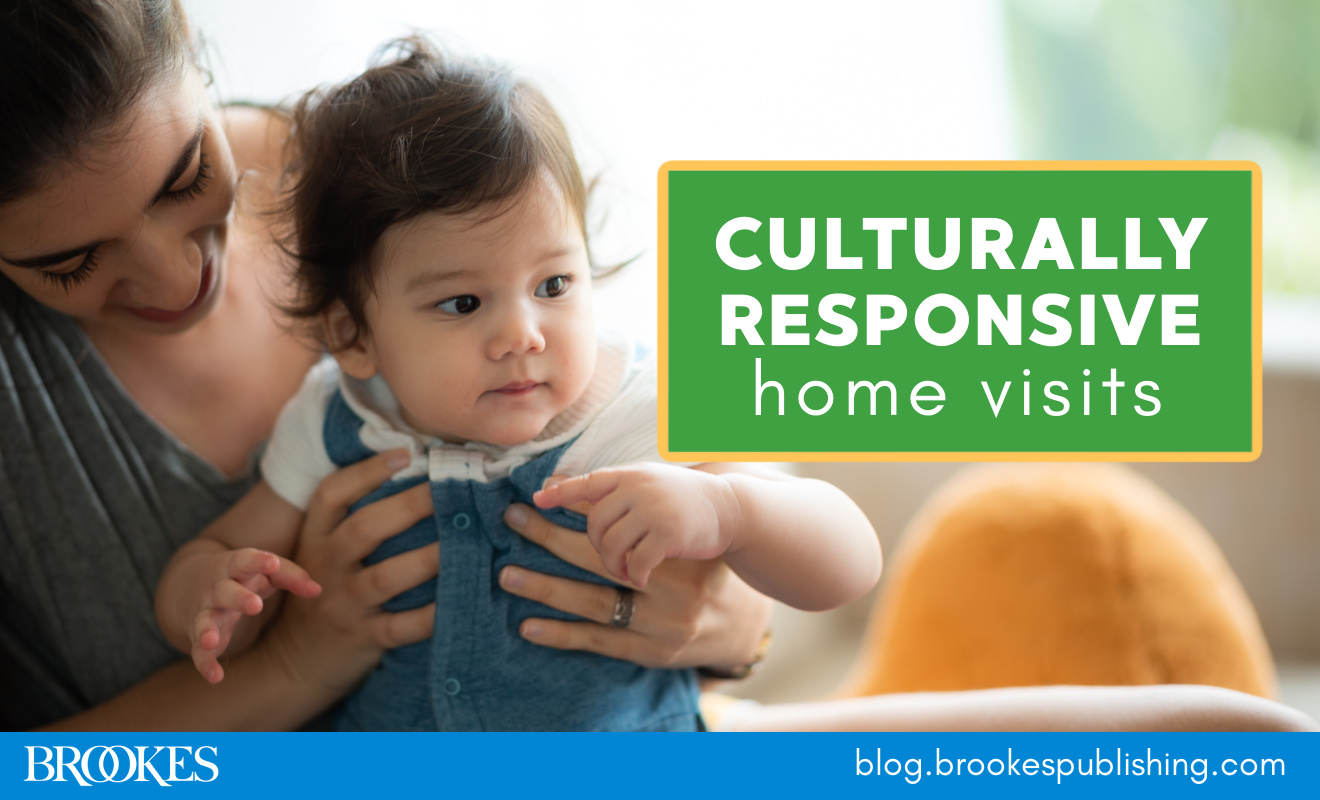10 Ways Home Visitors Should Respond to Sleep Concerns in Children
August 21, 2025
Figuring out a consistent, successful sleep schedule is a major priority for every parent of a baby or toddler. If you’re a home visitor who works with young children and their families, you probably often hear from parents who struggle with sleep concerns—and maybe you’re looking for ways to help.
Excerpted and adapted from Tackling the Tough Stuff and ASQ®:SE-2 Learning Activities & More, the tips in today’s post are a good starting point for helping parents and other caregivers navigate sleep issues with very young children.
Start with the right questions. Be alert for opportunities to ask and wonder about a child’s sleep behavior and be ready to share recommendations when caregivers ask for help. Some questions you might ask include:
- How is your baby sleeping?
- What time do they go to bed? What time do they wake up in the morning?
- Do they sleep through the night?
- How often do they wake at night? What happens when they wake up? What do you do?
- When do they nap? How long do they nap?
- What concerns or questions do you have about your child’s sleep?
Ensure that goals are age-appropriate. Make sure the sleep goals that parents have for the child make sense from a developmental perspective. Help caregivers recognize that their children’s needs for support related to sleep will change over time. What works for an infant may not work as the child approaches 3 years.
Set the stage during the day. Have parents arrange for playtime in a well-lit or sunny room to help a child establish a day and night cycle. Teach and support the family to use an appropriate daytime schedule and sleep routine.
Foster rituals. Show parents how to use rituals around their child’s sleep routine. Explain that rituals are something you do over and over, the same way each time. For example, when baby looks sleepy, parents can sing a bedtime song, gently rock them, and then lay them down to sleep. Baby will learn that this ritual means it’s almost time to sleep, and that will help the baby get ready for the change.







Write a Comment
Your email address will not be published. Required fields are marked *
Post a Comment